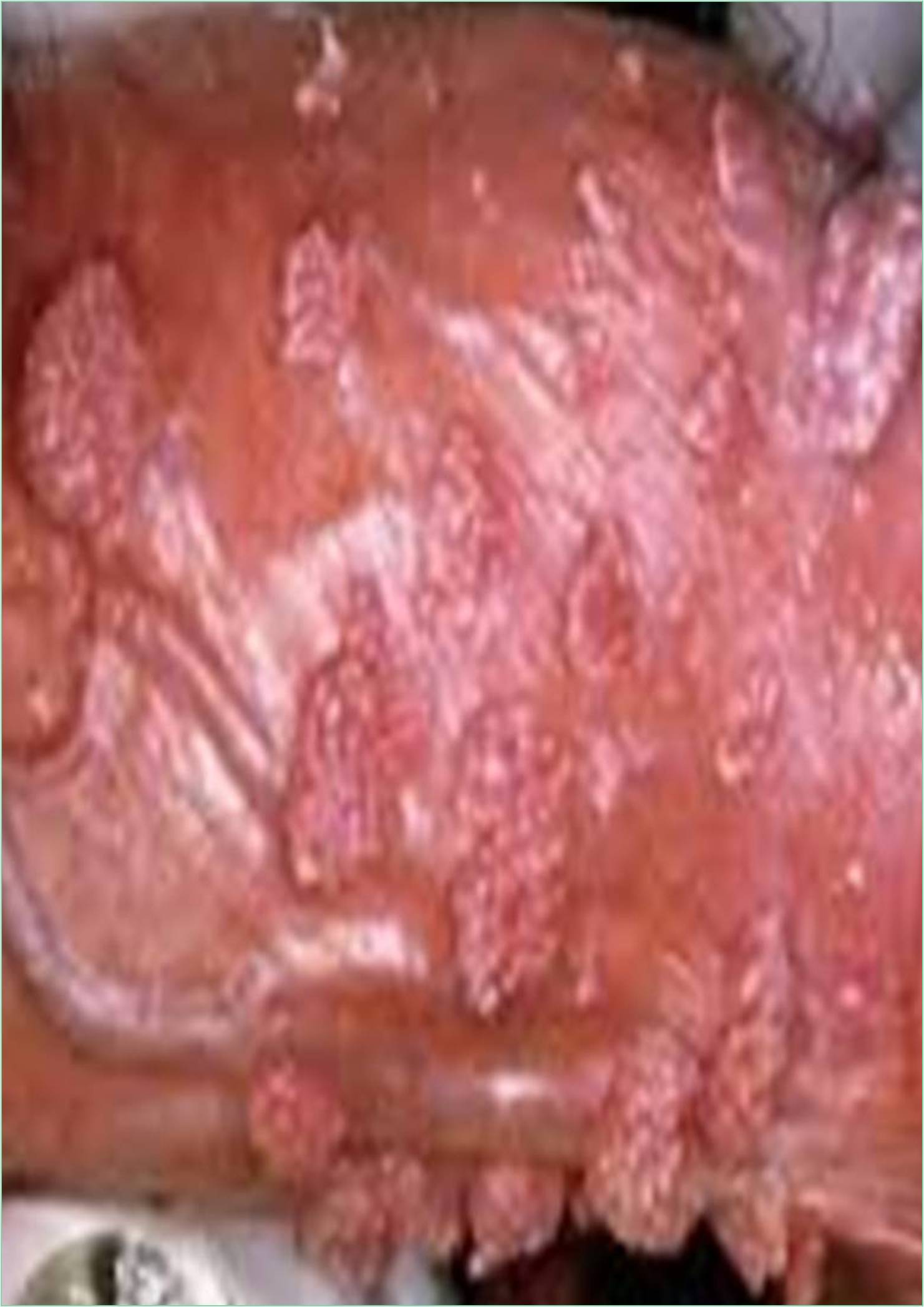



Received: 08-Jul-2022, Manuscript No. GJV-22-71961; Editor assigned: 11-Jul-2022, Pre QC No. GJV-22-71961(PQ); Reviewed: 01-Aug-2022, QC No. GJV-22-71961; Revised: 08-Aug-2022, Manuscript No. GJV-22-71961(R); Published: 16-Aug-2022, DOI: 10.35841/GJV.22.10.019
Herpes Simplex Virus (HSV) is a common pathogen, which causes infections in orofacial mucosal surfaces and genital mucosal surfaces. It is the leading cause of genital ulcer disease. It is not life-threatening conditions, and infection of newborns or immune-compromised individuals can result in severe disseminated disease.
During primary infection, patients may experience multiple, severe bilateral genital ulcers, in addition to local genital symptoms, including dysuria, cervicitis, and inguinal lymphadenopathy. It can be detected by Polymerase Chain Reaction. The reactivation in neurons, viral progeny transit back to epithelium, and may replicate further and transmit to new hosts. The unrecognized and undiagnosed; infected individuals, are found with mild symptoms in these viruses and Single peptides were identified through deconvolution.
The trigeminal ganglia and sacral ganglia, explains about the clinical pictures of orofacial and genital herpes infections and in-situ hybridization. Antiviral therapy outbreaks, and reduces the recurrences of asymptomatic viral shedding, and the risk of HSV-2 transmission. The primary infection may include malaise, fever, or adenopathy.
The biological basis of increased susceptibility is due to increase in both ulceration and inflammation which is present in the skin and mucosa for the humans infected with HSV-2. The common cold sores caused by Herpes and the genital herpes lesions caused by Herpes. The severe phenotype of genital infection might be related to unique genetic features of this virus.
The antiviral compound acyclovir is the first medication useful for the management of persons with genital herpes. The productive infection results in the formation of vesicular lesions in the mucosal epithelia. A linear, dsDNA viral genome is packaged within the viral capsid shell as a tightly wrapped toroid structure.
Subclinical genital HSV shedding at the time of labor and delivery may also lead to transmission to the neonate. The additional viral proteins are associated with the capsid and a lipid membrane with an envelope which surrounded in this complex. Genital HSV increases the risk of acquiring HIV.
The re-activation of dormant virus results in recurrent disease at adjacent site of primary infection. The herpes infection has been made possible for the specific-type of IgG antibody assay. The antibodies may be homologous or heterologous and a recurrence is a clinically evident episode which is due to viral re-activation in sensory ganglia.
HSV can be cultured from genital lesions for a mean of 11 to 12 days during primary genital herpes. It is a significant health concern at present with genital infections increases in the epidemic proportions and reactivates much more readily than genital herpes due to HSV-1.
The clinically suspected genital herpes diagnosis is necessary and for the incidence of neonatal herpes. The prevalences of HSV genital infections increase with age and numbers of sexual partners, with higher rates in specific ethnic. The prevention includes specific tests for HSV when screening for other STDs and testing HSV when evaluating patients with genital ulcers. The detection of HSV-2 antibody is positively associated with increasing age and the Serologic studies not useful in distinguishing orofacial herpes. The double-mutant virus which induced in protective immunity can reduce acute viral shedding and latent infection.